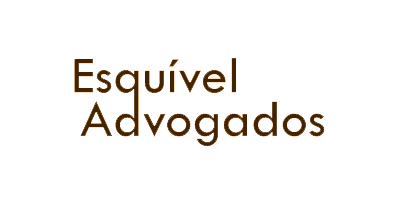Let’s start by defining cross-border ecommerce – it simply means selling goods online to buyers who are in another country.
In recent years, cross-border ecommerce growth has been impressive. Online purchases across borders increased by 17% in 2020, and research indicates that in the next three to four years, they will make up one fifth of total ecommerce sales worldwide. This is huge. And it means there are a lot of opportunities for ecommerce businesses to expand internationally.
But what are the challenges you will face when taking your ecommerce abroad? Read on to see some of the initial difficulties that may come your way – and how you can overcome them.
Doing market research in a foreign language
Before you move into a foreign market, you have to be sure which of the products or services you offer will find interested prospects there. And you can only be sure of this if you do your research. This is easier to do if your target market speaks the same language as you – but what if they don’t?
In that case, ads, website pages and polls, survey forms, emails – you will have to translate all the written material you will use to get in touch with your new audience. Otherwise, you will probably miss crucial information.
So, it’s important you work with a trusty provider of translation services – someone like us at Upwords, who have experience in translating content for successful cross-border online businesses.
Choosing a marketplace – or your own ecommerce?
When you know what you will be selling abroad, and to whom, it’s time to decide on the how. Will you sell on third-party websites – like Amazon, AbeBooks, Etsy, MercadoLivre – or will you have your own ecommerce website?
In order to find out which option will work best for you, you have to consider several factors, among which are:
• do you have enough investment capital to create and maintain a foreign-language version of your ecommerce website?
• are there any marketplace platforms that are popular with your targeted foreign demographic?
• do you already have an established brand?
• if you don’t have an established brand, do you intend to have one in future?
• what kind of relationship do you want to have with your foreign customers?
When you know the answers to all these questions, you will be able to make an informed decision on whether to have your own foreign ecommerce website, to sell on a marketplace – or both.
Talking to your prospects in their language
Whether you host your online shop on a marketplace platform, or create your own ecommerce website, you will want to have it translated into your prospects’ language.
In fact, in 2020 Common Sense Advisory found out that across the 29 countries they researched, 40% of people said they would not buy products in another language. And 65% said they preferred buying from ecommerces in their own language.
It’s clear that talking to your prospects in their own language is a winning move – a way to set yourself apart from your competitors.
But this is not only about translating your content into another language. It’s also about localization – that is, adapting several other communication elements to make them familiar to your prospects. Measurements, currency, date and time, images, even colours – the more you adapt these to your target audience, the more they will feel comfortable and familiar with your webpages, and the more inclined they will be to buy from you.
So when you choose the translation company that will help you make the leap to cross-border ecommerce, make sure they provide not only translation services, but localization services as well. By localizing your content, you will make it a lot easier for your foreign prospects to turn into clients, and greatly increase the chances that your cross-border ecommerce will be successful.




























